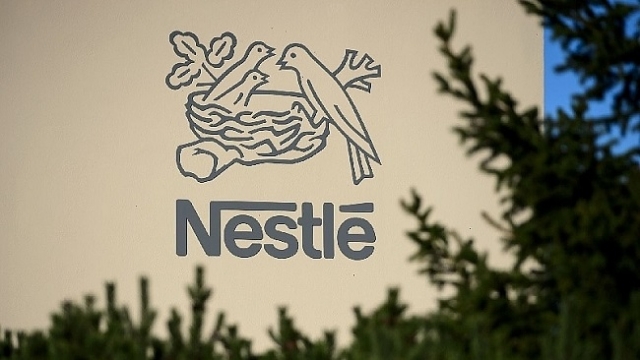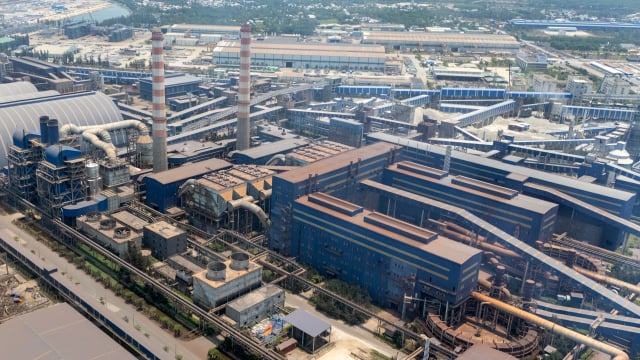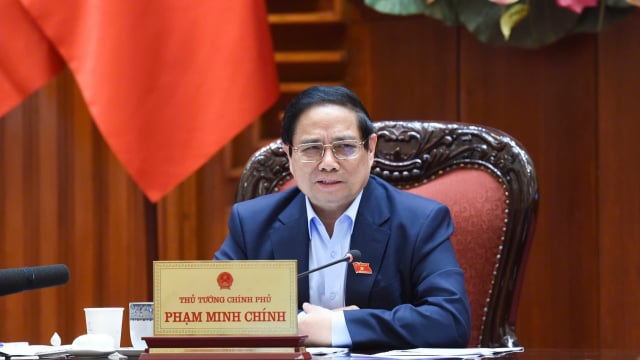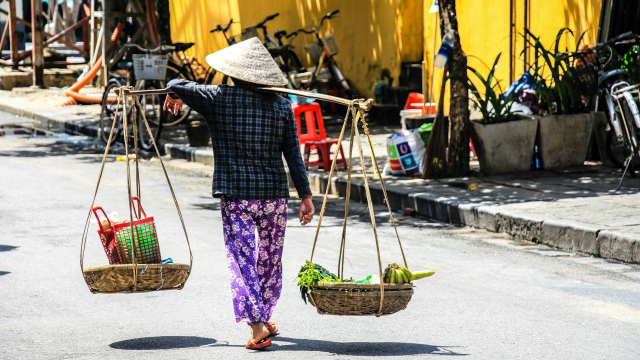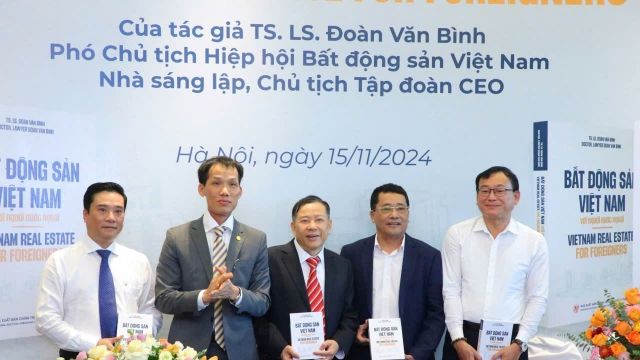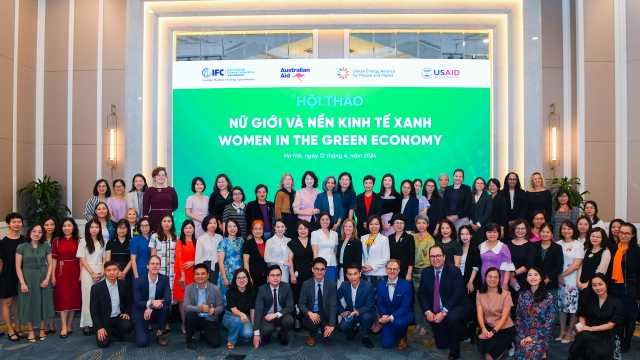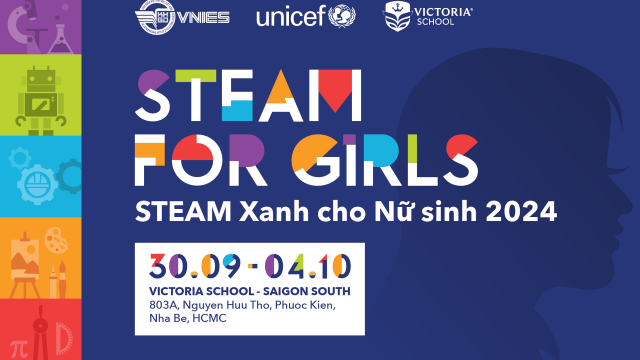National Focus
Applying circular economy to increase resilience
The circular economy is an alternative to traditional linear economies, where people take resources, make things, consume them and throw them away. This way of living uses up finite raw materials and produces vast quantities of waste.
In a circular economy, things are made and consumed in a way that minimizes our use of the world’s resources, cuts waste and reduces carbon emissions. Products are kept in use for as long as possible, through repairing, recycling and redesign – so they can be used again and again.
At the end of a product’s life, the materials used to make it are kept in the economy and reused wherever possible, the European Parliament explains.
The circular economy is an alternative to traditional linear economies, where people take resources, make things, consume them and throw them away. This way of living uses up finite raw materials and produces vast quantities of waste.
Recycling involves converting waste materials into new materials and objects. This process itself uses energy and creates emissions, so can still contribute to global warming.
In an ideal circular economy, products are redesigned so they last through several life cycles – rather than being immediately recycled. This can include refurbishing and redistributing products.
As an emerging industrial hub with accelerating economic growth, Vietnam has severe environmental issues, particularly in waste management and plastic pollution. The total volume of waste each year in the country is approximately about 25.5 million tons, of which 75 percent goes into landfills.
According to the World Bank, Vietnam is among the top four generators of plastic waste, at 280,000 tons per year. The pandemic has exacerbated this situation following the increased usage and disposal of facemasks, sanitizer bottles, and e-commerce packaging.
Dr Can Van Luc, chief economist of BIDV, suggested that to build the resilience for the economy, it is necessary to ensure all three factors at the same time, including economic, social and environmental.
However, the contradiction between the development of these factors can hardly be erased by traditional production methods and economic models, suggesting that the circular economy model can be the key, he said in Vietnam Socio-Economic Forum 2022.
To tackle the situation and towards a more sustainable economy, Vietnam’s government has been deploying long-term action plans and setting ambitious recycling targets, including a national action plan for the management of marine plastic litter, Decision 687 approving the national development plan on a circular economy.
In facts, in recent years, lots of businesses has demonstrated their resilience through Covid-19 by apply circular economy model.
Nestlé Vietnam, a pioneer in sustainable development, and a member of Packaging Recycling Organization Vietnam (PRO Vietnam), said while the Covid-19 affected the supply chain heavily, the company still ensured its input by establishing a circular supply chain in Vietnam many years ago.
It has connected with Vietnamese coffee farmers, supported them to achieved the highest output with highest quality, and then, purchased for production.
Nestlé again named the most sustainable business in Vietnam
Resolution 68: A turning point in Vietnam's private sector policy
As Vietnam sets its sights on becoming a high-income country by 2045, Resolution 68 lays a crucial foundation. But turning vision into reality requires not only good policy - but also unwavering execution, mutual trust and national unity.
Vietnam plans upgrade of Gia Binh airport to dual-use international hub
Vietnam plans to upgrade Gia Binh Airport in Bac Ninh province into a dual-use international airport to support both military and civilian operations, the government said on Friday.
Lives under the scorching sun: Outdoor workers racing against climate change
Under unforgiving conditions, the outdoor workers - the backbone of urban economies - endure the harshest impacts of climate change while remaining overlooked by social safety nets. Their resilience and struggles highlight the urgent need for better protection in the face of rising temperatures and precarious livelihoods.
CEO Group chairman unveils guide to Vietnam real estate for foreigners
Doan Van Binh, Chairman of CEO Group and Vice President of the Vietnam National Real Estate Association, introduced his latest book, “Vietnam Real Estate for Foreigners,” at a launch event in Hanoi on Friday.
Women leading the charge in Vietnam's green transition
Acting for increased women’s participation and leadership in climate action, Vietnam can accelerate a transition that is more inclusive, just, and impactful.
Steam for girls: A journey of passionate and creative girls
The "Steam for girls 2024" competition provides a creative platform for Steam and an opportunity for students to connect with peers from various regions within Vietnam and internationally.















